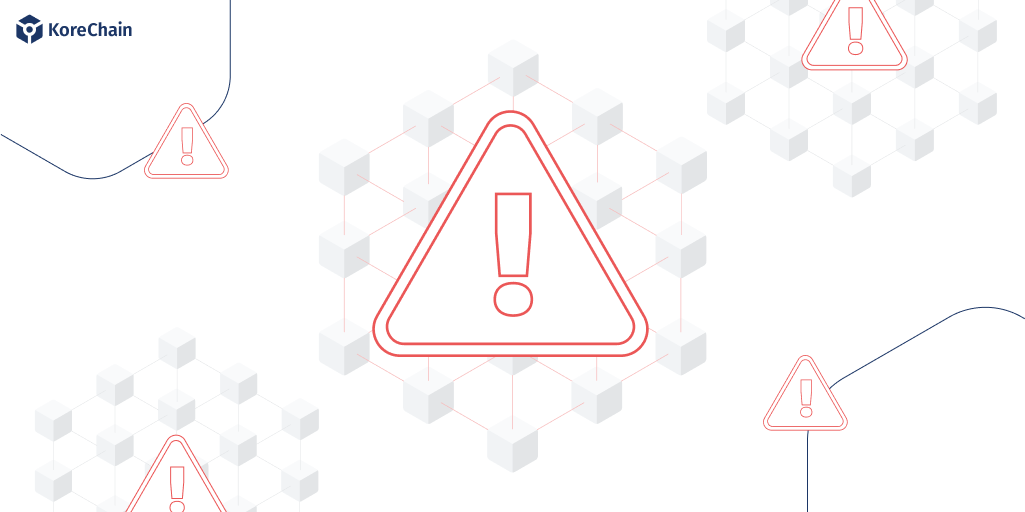The relationship between blockchain and cryptocurrency has been an area of increasing interest over the past few years. For those looking to use cryptocurrency or blockchain technology to transfer, store, and track data, understanding the differences between the two technologies is essential. Though they are related in many ways, blockchain and cryptocurrency should not be confused with one another as they are different. Knowing how to leverage each technology can help individuals make better use of these assets while avoiding pitfalls associated with a lack of knowledge. Those looking to invest in cryptocurrency or leverage blockchain should take the time to learn and understand the nuances of both technologies so that they can make informed decisions when it comes to utilizing these digital assets.
Cryptocurrency: Definition and Use Cases
Cryptocurrency refers to a type of digital asset designed to be used as a medium of exchange, a store of value, and a unit of measure. It is usually underpinned by blockchain technology, the use of advanced cryptography techniques for securing online transactions, and can exist either as a centralized token (one with a centralized issuer such as Bitcoin or Ether) or decentralized tokens (without a single issuer such as Libra or Ripple).
Cryptocurrency is gaining traction around the world, with its use cases ranging from being used to buy goods and services to savings and investments, to trading and speculation. Cryptocurrency is also being utilized in areas of financial inclusion, such as providing access to banking services and other financial products to those who lack traditional banking accounts.
Blockchain Technology: Definition and Use Cases
Blockchain is the underlying technology powering cryptocurrency transactions. It is a secure, tamper-proof, decentralized ledger system that allows for peer-to-peer transactions without the need for a middleman. It is also highly secure, as blockchain technology doesn’t rely on a single central authority or server to control and monitor its operations. Instead, it relies on a distributed network of computers to verify and validate the transactions that take place.
This technology is finding its use cases in many industries outside of cryptocurrency, such as healthcare, supply chain management, and real estate. For example, blockchain can help increase transparency and trust in these sectors by providing immutable records of all transactions securely stored across multiple nodes in a network. Such records can then be used to trace the source of a product, helping to ensure that it is authentic and untampered with.
Still, the relationship between blockchain and cryptocurrency does not end there. Cryptocurrency is actually one of the earliest use cases for blockchain, with Bitcoin being the first digital asset to take advantage of this technology in 2009. To this day, blockchain remains a key technology underlying most cryptocurrency transactions, allowing them to be securely transferred while avoiding double-spending and other fraudulent activities.
The Relationship Between Cryptocurrency and Blockchain: Similarities and Differences
While the two are not the same, blockchain and cryptocurrency do share some similarities. Both are digital assets, designed to be used as mediums of exchange and units of measure. They also both use cryptography for secure online transactions. However, there are notable differences such as blockchain being a distributed ledger system that is used to securely store and transfer data, while cryptocurrency is a digital asset designed to be used as a medium of exchange.
The relationship between blockchain and cryptocurrency is not always easy to understand. Though they share some similarities, they are two distinct technologies with different use cases. Blockchain is the underlying technology that supports cryptocurrency transactions, while cryptocurrency itself is a digital asset designed to be used as a medium of exchange and unit of measure. By understanding their differences, businesses and individuals can make more informed decisions when it comes to utilizing these digital assets.







